| JOURNAL 2022 |
| North Craven Heritage Trust |
At 723 metres Ingleborough, second highest of the famous hill trilogy of the Yorkshire Dales, has long been recognized to be of national importance for its native flora. This botanical treasure chest is home to many nationally scarce plants, such as Actaea spicata (Baneberry), Gentianella campestris (Field Gentian), Potentilla crantzii (Alpine Cinquifoil), Polygonatum odoratum (Angular Solomon’s-seal), Primula farinosa (Bird’s-eye Primrose) and Epipactis atrorubens (Dark-red Helleborine), as well as actual rarities like Arenaria norvegica ssp.anglica (Yorkshire Sandwort), Eleocharis austriaca (Northern Spike-rush), as well as Hieracium and Alchemilla species.
In recognition of its diverse flora, archaeology and world-class karst landforms Ingleborough was designated as a Site of Special Scientific Interest in 1955, and a decade later the purchase of 8.9 hectares of land comprising Colt Park Wood saw the establishment of the Ingleborough National Nature Reserve. Since then further land acquisitions by both the Yorkshire Wildlife Trust and Natural England on the north, northeast, east and southeastern sides of the summit plinth have combined over the years to increase the size of the reserve to some 1,012 hectares, a figure representing one fifth of the SSSI total.
Around Christmas 2019 Colin Newlands, senior reserve manager (now retired) of the Ingleborough NNR, drew my attention to another nationally scarce plant, Viola rupestris (Teesdale Violet). Having only a few scattered records from the reserve, he added almost wistfully that it was anyone’s guess quite how widespread the species might be, or in what numbers, a shortcoming that would only be addressed, he went on, were someone to undertake a comprehensive survey.
Viola rupestris was first recognized in Britain from upper Teesdale by James Backhouse in 1862, then almost a century later it was found on Long Fell near Brough and later at Arnside Knott. Although the colony at the latter site was quite small, the fact that it was well removed from the two other sites held promise that the species might be found even further afield. The extensive karst uplands of Yorkshire’s Craven District was cited as one possible habitat. And so it proved when in May 1976 the species was discovered there by Botanical Society of the British Isles member, Jeremy F. Roberts.
Significant numbers of plants initially were found along the Selside to Clapham bridleway some 3.5 km southeast of the Ingleborough summit, where this popular right of way skirts the west side of Thieves Moss. Subsequent searches revealed a scattered distribution throughout the Moughton Fell area, around the skyline perimeter of Crummackdale, at nearby Norber Brow and above Robin Proctor Scar. Moreover, a small population was later found at Smearsett Scar, overlooking the hamlet of Feizor some 2.5 km south of the nearest specimens on the wider Ingleborough massif.
Apart from a smattering of other records added, by Brian Burrows and others, from the Sulber Pasture area between the 1970s and 2019, all V.rupestris records prior to the present survey existed outwith the Ingleborough NNR boundary.
I consulted with Jeremy Roberts and Brian Burrows, and the one thing taken away from our conversations was that neither of them, nor to their knowledge anyone else, had ever made an attempt to establish the extent of the Ingleborough population. The BSBI database records a few locations with casual remarks like ‘100+ plants scattered among stony grassland’ or ‘about 12 plants on west side of path.’ The time for a proper and comprehensive survey was long overdue.
And so with the seed thus sown, and motivated by Colin Newlands, I finally picked up the gauntlet. However I was under no allusions regarding the amount of time and effort, and attrition on creaking knees (some rosettes are a fraction the diameter of a five pence coin), such a task would entail. Fortunately some areas of the reserve — High Lot, Fenwick Lot and South House Moor, for example — presented minimal or no suitable habitat, and therefore could be either dismissed altogether or required little investigation.
Though there was clear evidence for significant numbers beyond, the rationale for confining the search solely to those parts of the SSSI comprising the Ingleborough reserve, was easily arrived at. With a total area of 1,012 hectares it presented challenge enough and, furthermore, when completed the results would furnish Natural England, the BSBI and the Yorkshire Dales National Park with a baseline population to inform any future surveys.
During planning in May and June 2020 I made some initial sorties to the Sulber pasture (Compartment No.34, Fig 1) area to determine the best methodology for conducting the survey. At that same time around a dozen or so specimens were found. Jeremy Roberts later confirmed these initial finds to be V.rupestris, and thus with my ‘eye in’ and following further planning, the survey began in earnest at Sulber the first week in August.
The Sulber area presents slightly undulating short calcareous grassland with bankings, areas of loose stones or clitter (Fig 2) and shallow screes, and is divided by calcareous flushes and ‘islands’ of ericaceous ground with Calluna vulgaris, Potentilla erecta, Sanguisorba officinalis and Narthecium ossifragum. It was the short calcareous stony grassland that was my focus however. By the month end I had counted almost 2500 plants, but amazingly as the weeks went by the numbers found continued to rise until it had increased to 17240 recorded across 1764 locations. It was then realization dawned that Ingleborough might well be the repository for a very significant population.
Moving systematically on through other areas of the reserve as autumn was ushered in, the weather and increasingly tighter Covid-19 restrictions reduced visits and finally forced a temporary cessation at which time the total had exceeded 25000 plants. Matters eased toward the end of May 2021 allowing work to restart with daily totals found from between a few hundreds to over one thousand. The imperative then was to complete the survey before the onset of a second winter or my suffering knees finally gave out altogether.
In the final analysis, by mid-autumn I had counted some 39663 plants divided between 4705 locations spread across just five compartments of the reserve, Sulber (34), High Brae (37B), Juniper Gill (38C) and The Moor (comprising 38A and 38B). Despite the presence of suitable habitat, intensive searching of the remaining areas of the reserve unfortunately produced no more plants.
Summary
Although published floras state that the species occurs up to 600 metres altitude, all the plants found in the present survey occurred on the Carboniferous limestone between the 331 and 414 metre contours. None were found on the Main Limestone (Yoredales) exposures situated at the altitude of 600 m + on High Lot and South House Moor.Typically the population density ranged from the scattered and isolated few to large colonies where sheer concentration of numbers proved astounding. As was often the case a single plant or two would draw my eye, but then once on all fours maybe 50, 100 or more would reveal themselves. The most commonly found associated bedfellows were Viola riviniana (Common Dog Violet), Primula farinosa (Bird’s-eye Primrose), Linum catharticum (Fairy Flax), Carex flacca (Glaucus Sedge), Seslaria caerulea (Blue Moor-grass) and Thymus drucei (Wild Thyme).
The ecological preference of V.rupestris was for short calcareous turf on thin stony soils, especially on the weather-strafed edges of bankings, in areas of accumulated frost-shattered clitter resulting from degradation of the bedrock through repeated freeze-thaw cycles of winter, and also on gently inclined fine scree of usually not more than 30 degrees.
That there should be such a high density of the species on the southeastern side of Ingleborough is no surprise given the equally high incidence of optimum habitat. On these plateaux, as in all three of its other locations V. rupestris favours a habitat tending to the more exposed situation. Sulber Pasture, in particular, presents a landscape offering little barrier to the prevailing westerlies and can present an extremely hostile environment to the unprepared. Sulber extends to 117.5 hectares (11.6% of the reserve) and was found to have 43.3% of the plants counted.
Plants in smaller numbers were also found among screes composed of larger rocks and on grassy inclines not more than 45 degrees, with an additional few established on pavements where on clint tops patches of clitter had accumulated or where a modicum of vegetation had become established in shallow depressions or small fissures.
The morphology of the Ingleborough populations display variations in the diagnostic characters, most notable in the degree of indumentum. The typical fuzz of short hairs on the petioles was found to vary from dense (imparting a grey appearance when viewed with the naked eye) to slight hairy to totally glabrous from one plant to another, even petiole to petiole on a single rosette (Fig 3). Though still retaining the garden scoop appearance due to the turned up margins, leaf blades of more mature plants, rather than having the usual ovate-truncate form, were sometimes found to be far more pointed and not unlike those of V.riviniana.
As the species freely produces cleistogamous (non-opening) flowers I rarely found plants actually blooming, and in those that I did the petals usually were of a paler blue-violet than V.riviniana, sometimes even a chalk-blue (Fig 4). After the flowering season was over and capsules had ripened, the buff colour of the dehisced capsule valves was a feature that often drew my eye among the sward during the survey (Fig 5). Finally, as the species is rhizomatous, when counting I tended to err on the safe side and regard rosettes in close proximity (2-3 cm) as belonging a single plant (Fig 6).
Conclusion
Significant numbers of V.rupestris on Widdybank Fell, Teesdale have been lost due to erosion and the flooding of Cow Green Reservoir in 1970. Seeking for comparison some indication of the present population, a conversation with Martin Furness (Manager of the Moorhouse Reserve), advised the best estimate to be 10,000 plants for Widdybank Fell. Similar, best guess figures for the numbers on Long Fell, as I understand it, is probably in the hundreds rather than thousands. The outlying colony at Arnside Knott was quite small with only fifty specimens, though some plants have been lost here in recent years through either or both indiscriminate trampling and under-grazing.It is now clear from the present survey, that with a population in excess of 39,000 plants, Ingleborough has emerged as a major population locus for the species rivaling, if not exceeding, that of Teesdale in importance. Moreover, on the basis of the density of plants encountered on the reserve, then it is not unreasonable to believe, were one to allow for those populations known, and anticipated, to exist outside the reserve, that another 10,000-30,000 plants could possibly be added.
Viola rupestris x V.riviniana hybrid At the current moment in time the V. x burnatii is so rare that, so far, it has only been recorded from its Teesdale and Long Fell sites with one possible sighting from Ingleborough. Given the considerable size of the Craven population and the difficulties of determining V. x burnatii, it is possible that the occasional hybrid was overlooked or mistaken for V. rupestris. However since the hybrid preference is for deeper soils, and denser turf, than that tolerated by V. rupestris, it was judged unlikely in the present survey.
Acknowledgements
Andy Hinde and the staff of Natural England, Colt ParkJeremy Roberts for initial guidance in identification.
Edward Easton for perseverance in dealing with the volume of records the survey has furnished.
References
- Jonsell, B., Nordal I., Roberts. F.J. (2000) Viola rupestris and its Hybrids in Britain, Watsonia 23: 269-278.
- Valentine, D. H. & Harvey, M. J. (1961). Viola rupestris Schmidt in Britain. Proc. Botanical Society of the British Isles 4: 429-435.
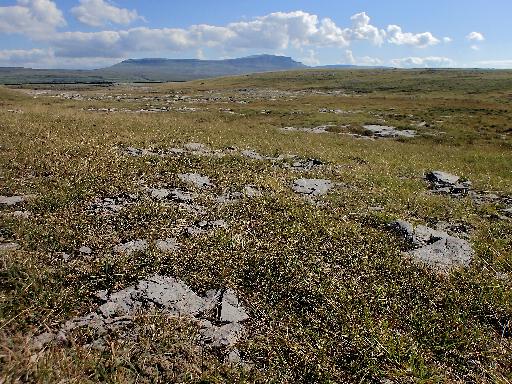
Fig. 1 Compartment 34 (Sulber) area of the Ingleborough NNR
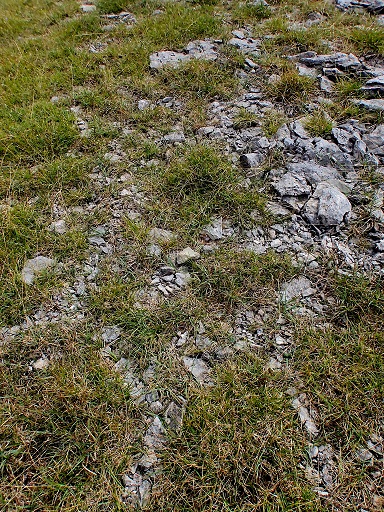
Fig. 2 Typical habitat of loose stones (clitter) found on the southeast side of Ingleborough
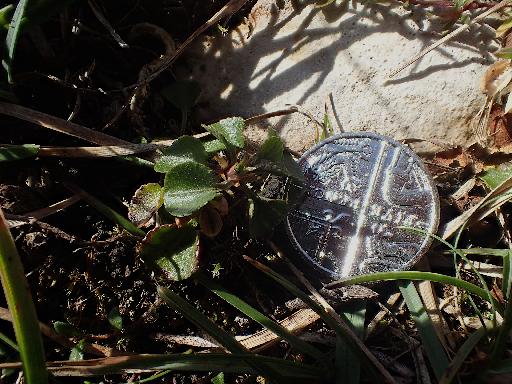
Fig. 3 Rosette with five pence coin for size comparison
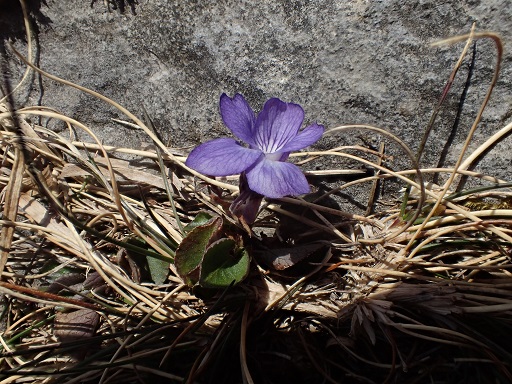
Fig. 4 Viola rupestris in flower

Fig. 5 Rosette with ripening capsule
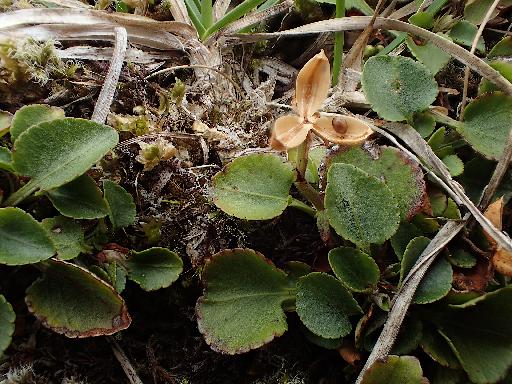
Fig. 6 Rosettes with dehisced capsule and seed nestling in one valve